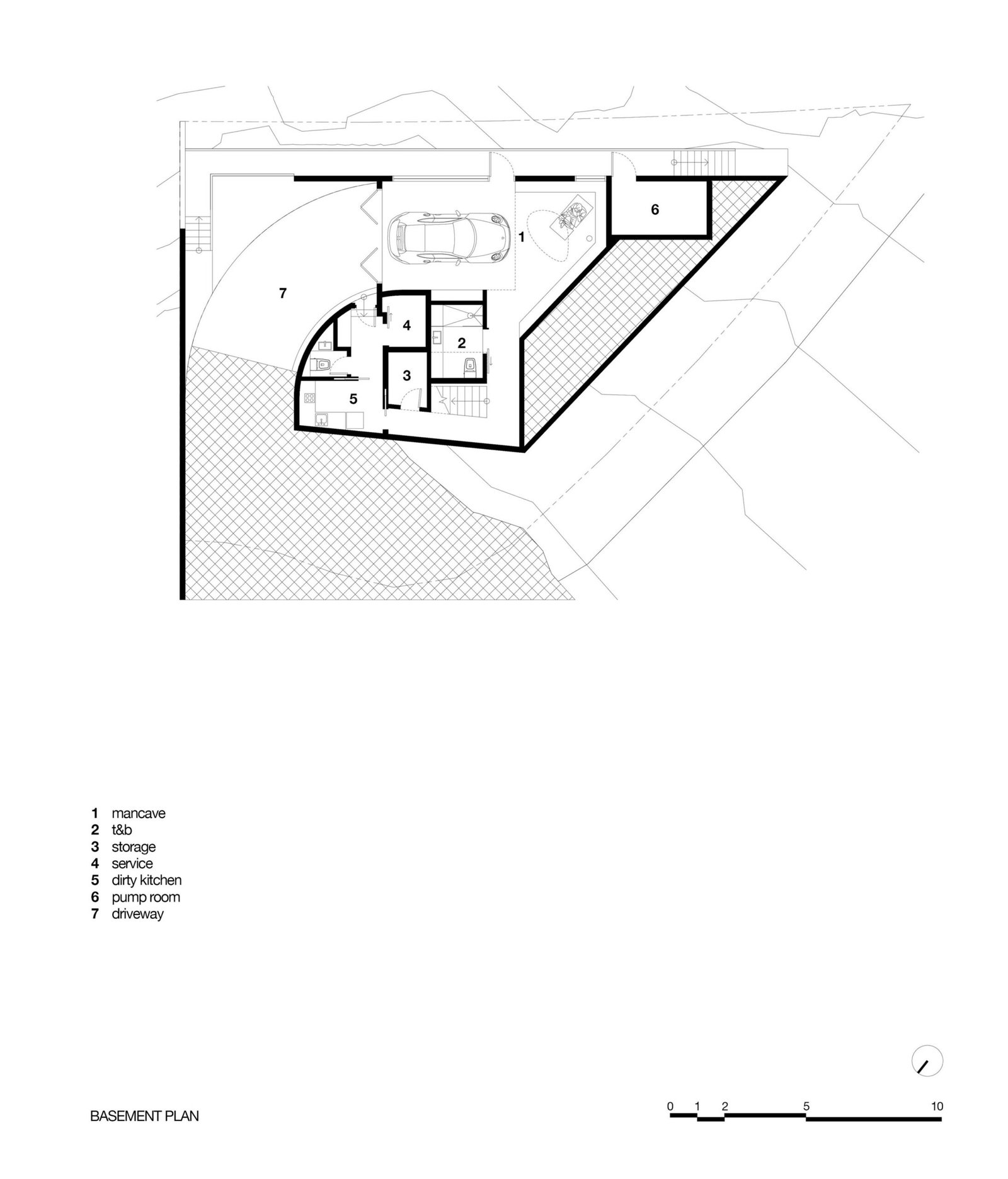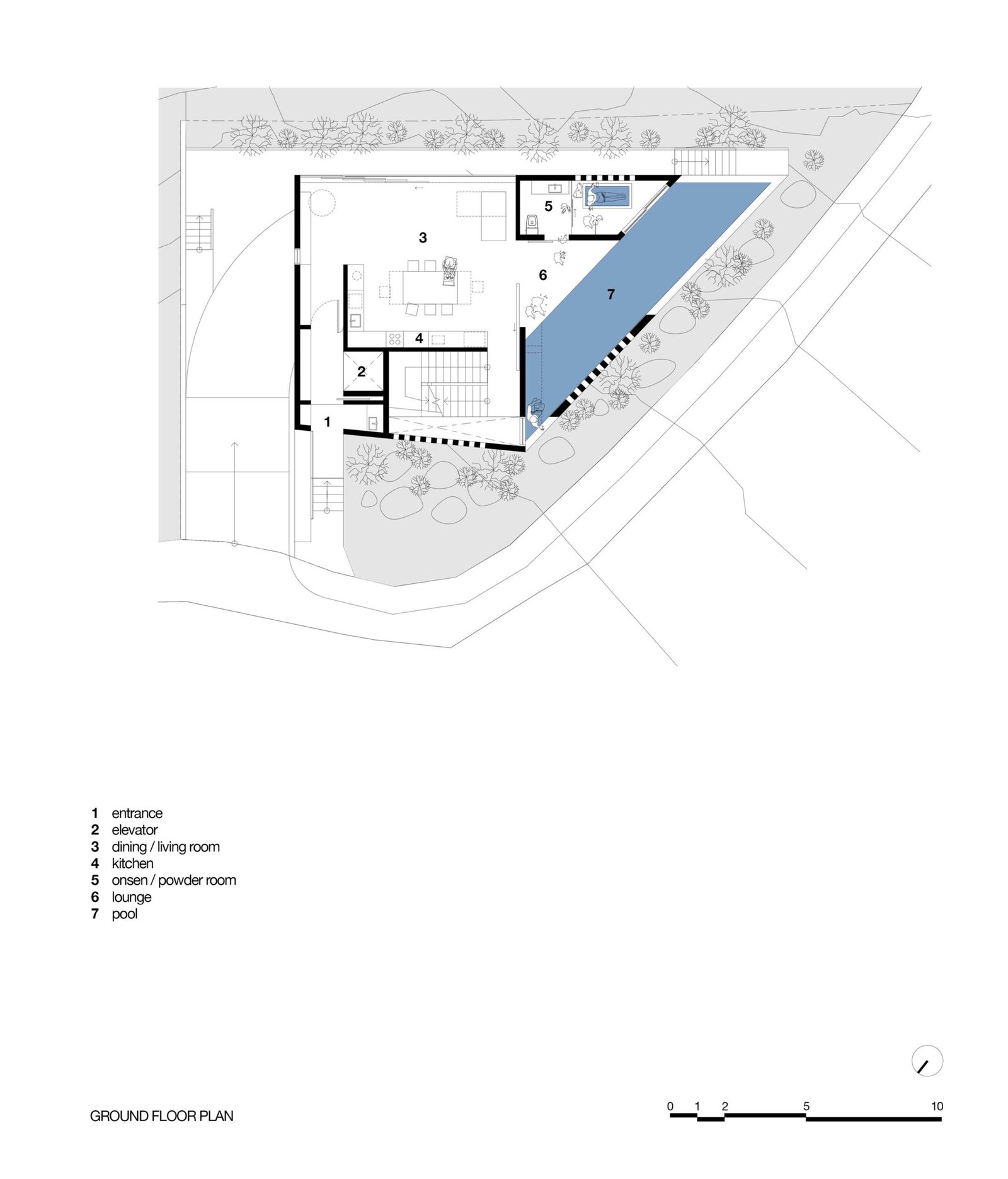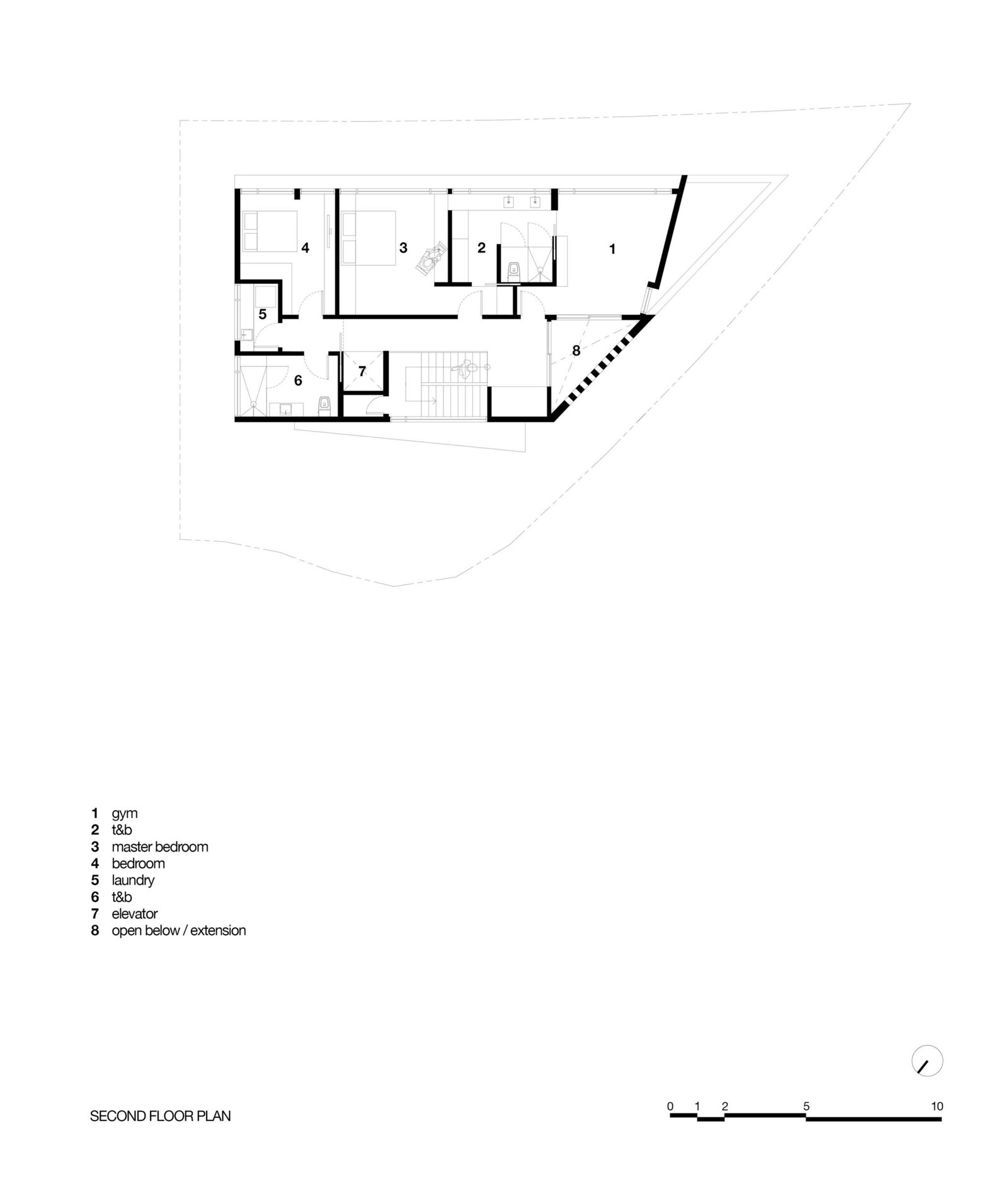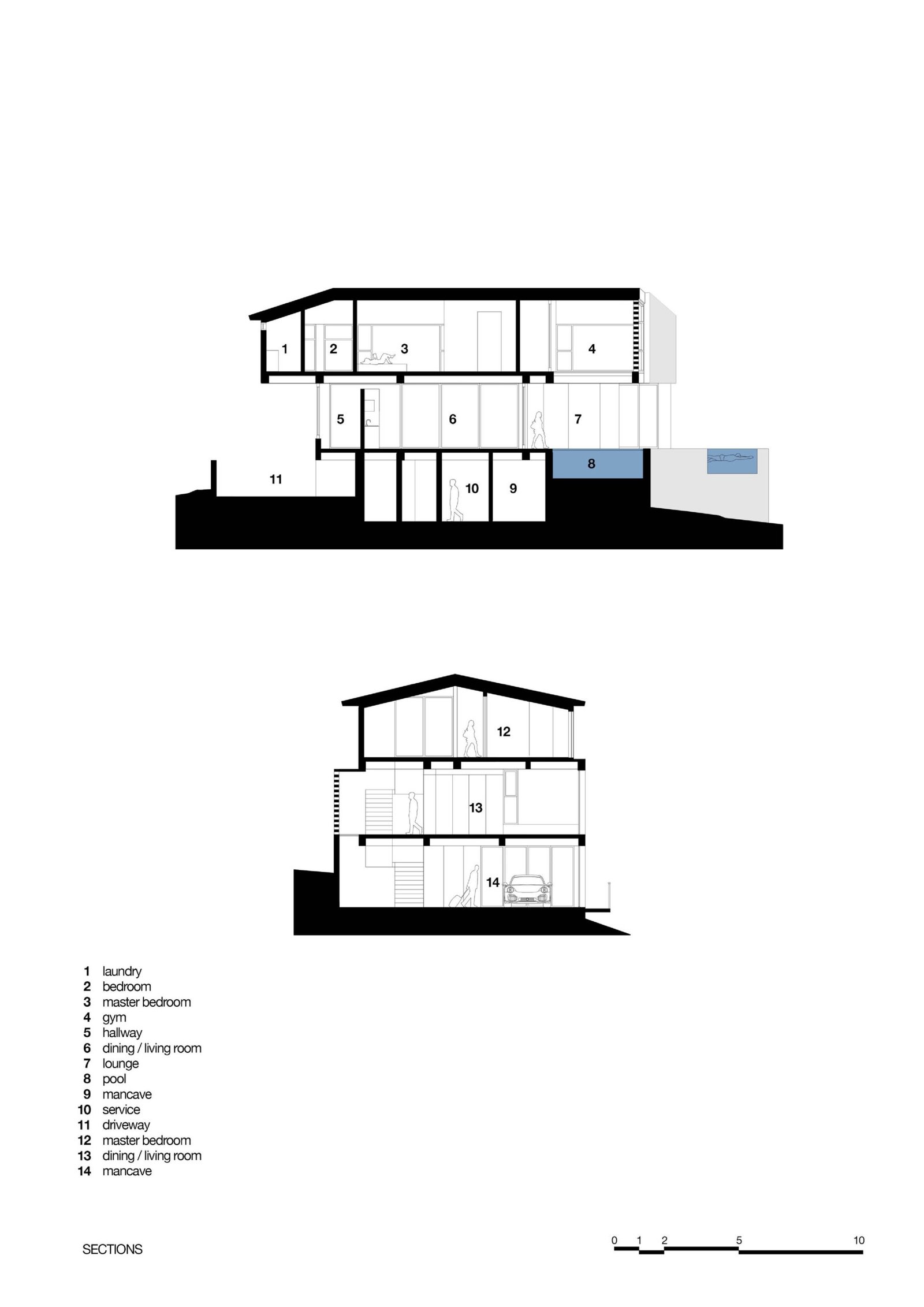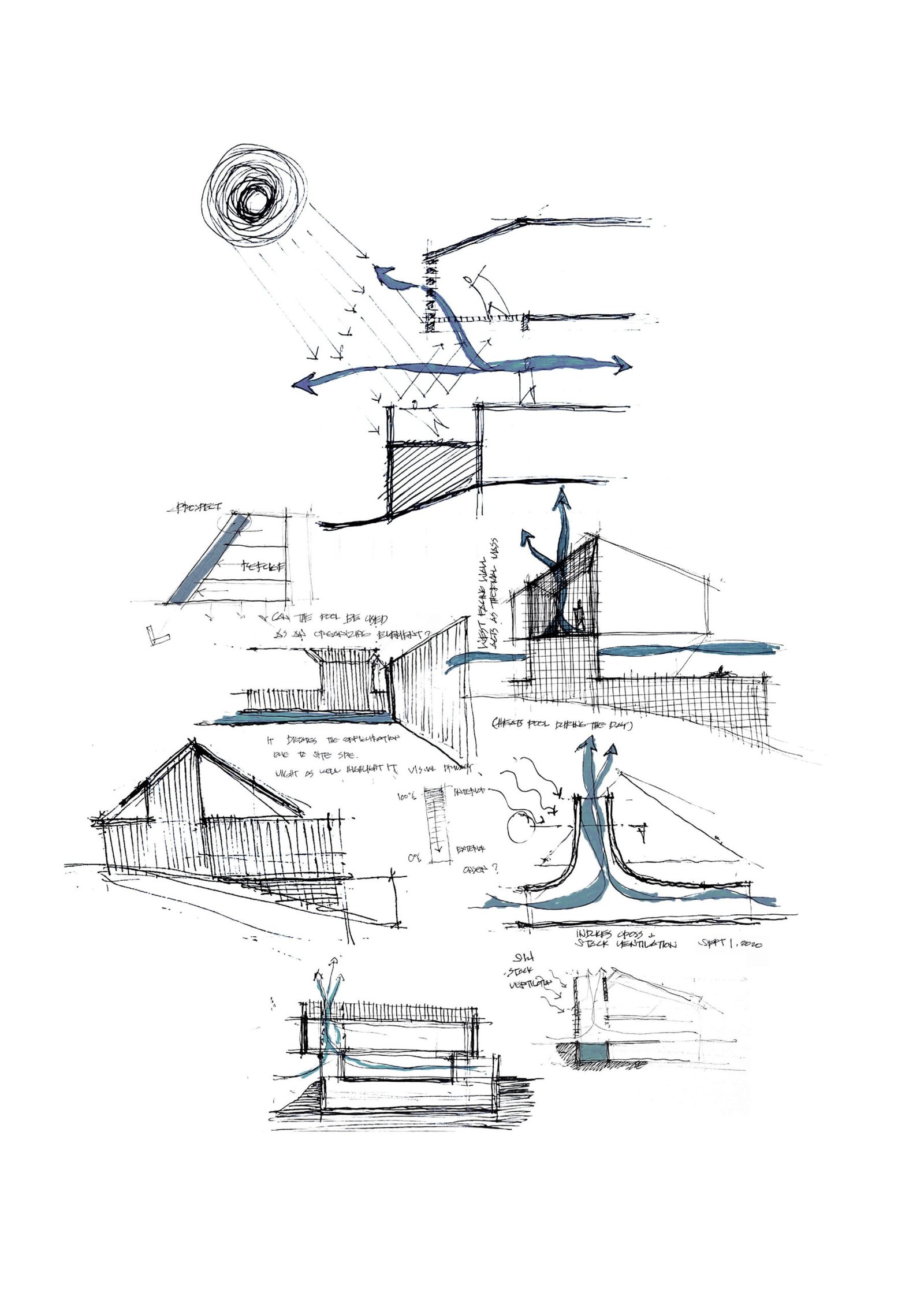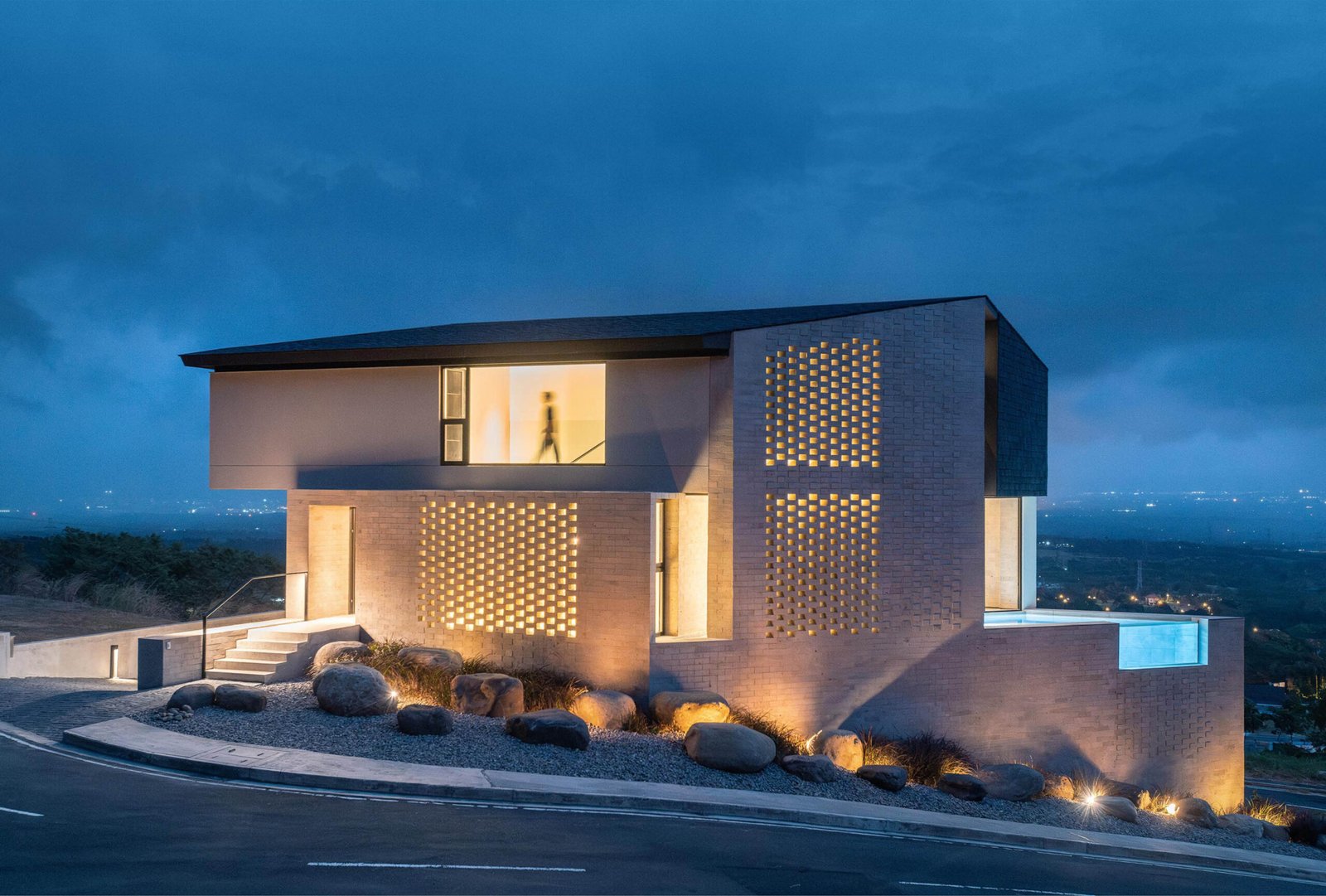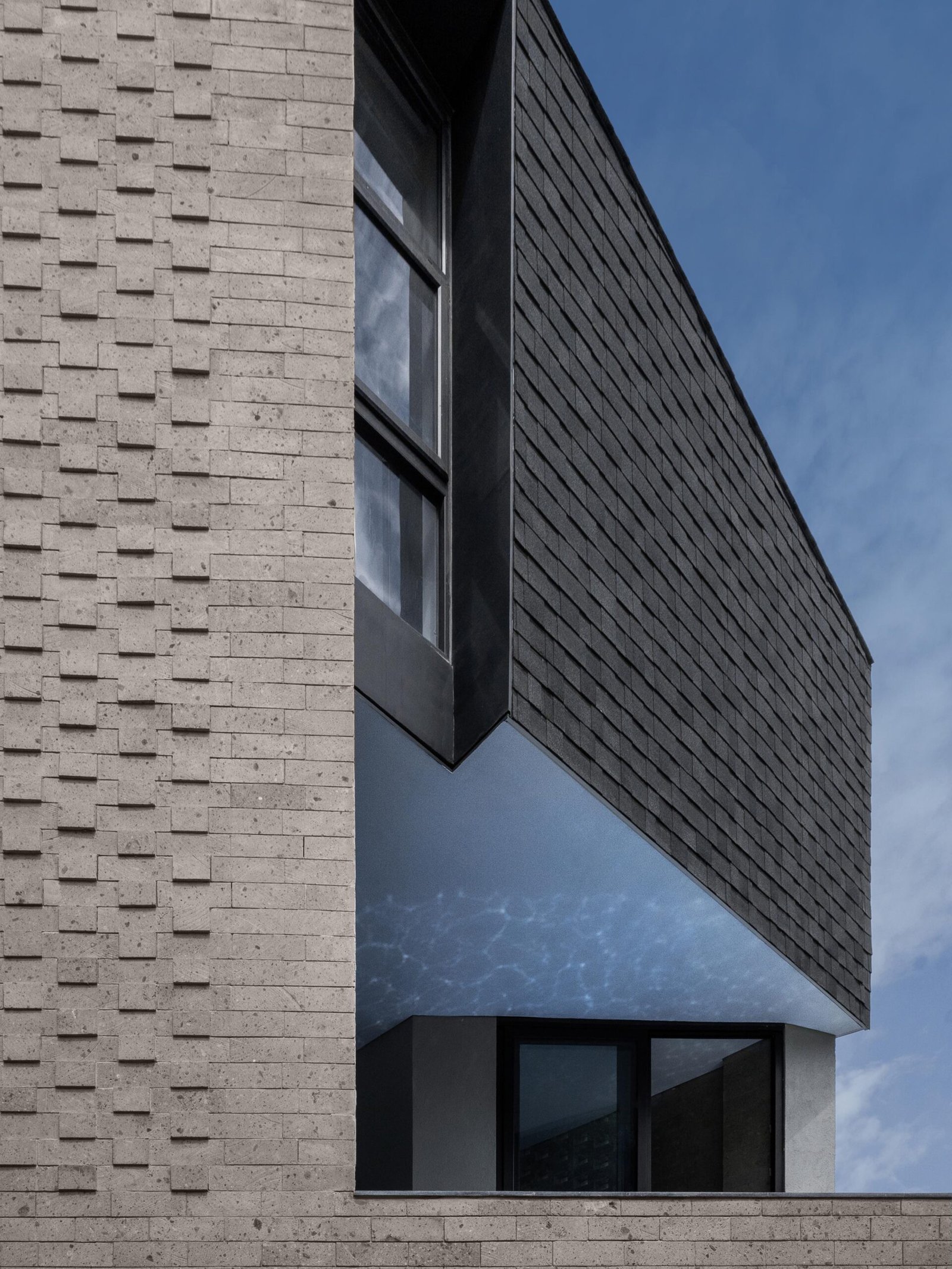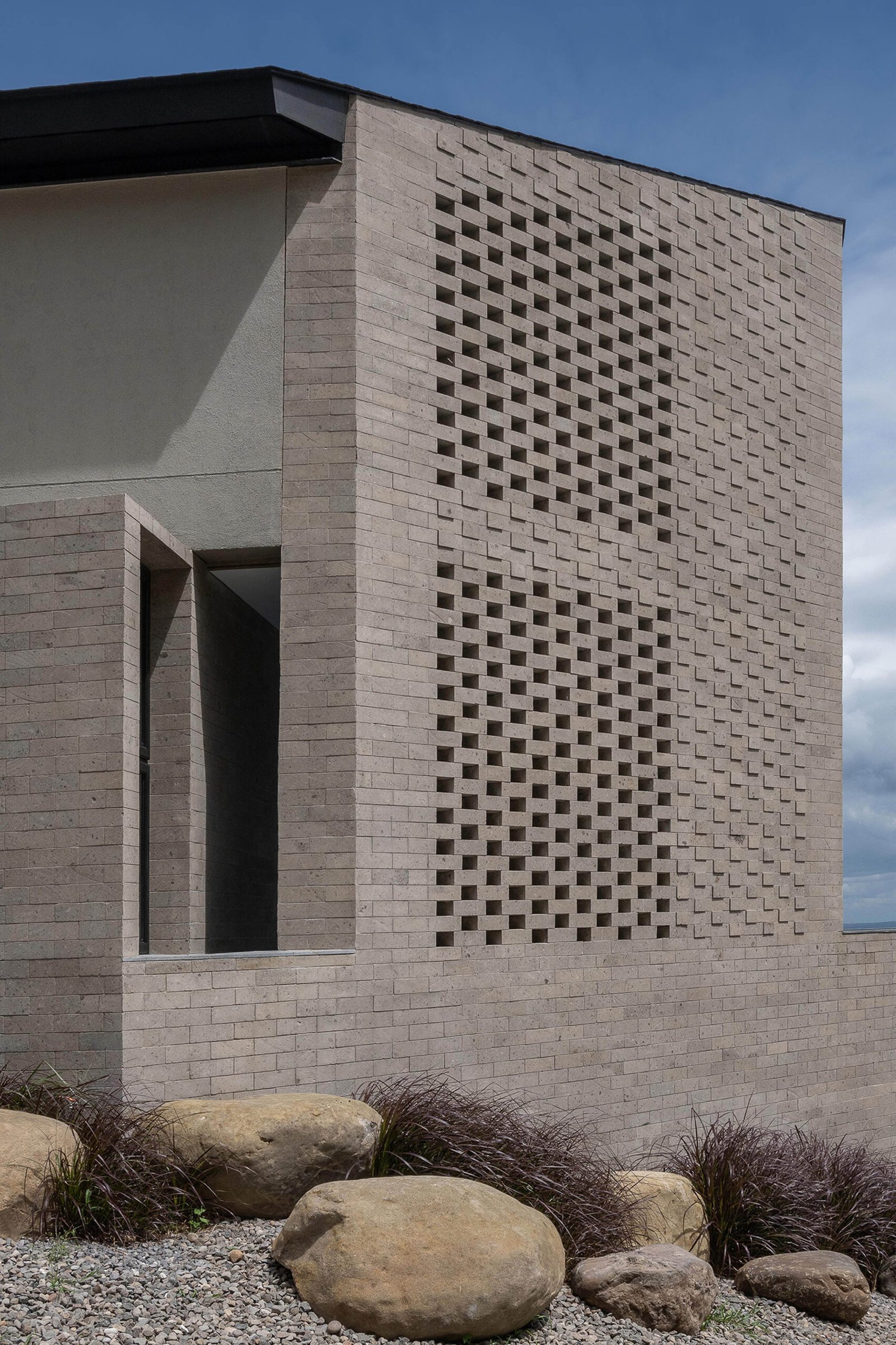Words Patrick Kasingsing and Lawrence Carlos
Interview Patrick Kasingsing
Images Bien Alvarez for Studiokama
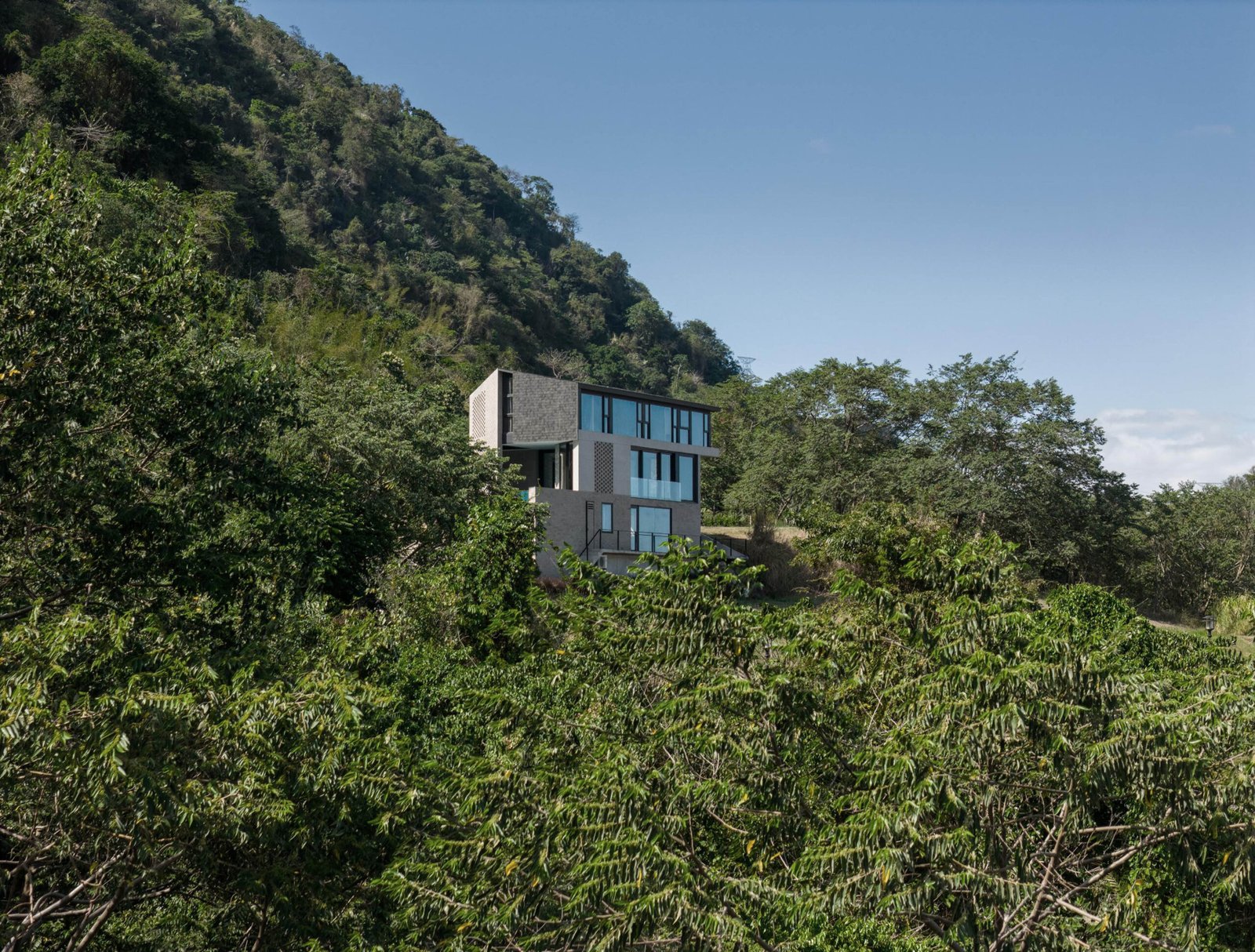

We were just about to wrap up our two-hour-long conversation on J House when co-principal Andro Magat recalled an Instagram Reel that left a mark on him, one whose subject matter inspired the title of this review.
“Are you familiar with the concept of a new classic? It was a term adopted by the designer, Sebastian Errazuriz; he used it to refer to designs that seem new and innovative yet familiar at the same time.”
At face value, the J House appears to be a well-executed archetypal house design. Its gentle, pitched roof and crisp outline exude a simplicity that feels familiar yet fresh for its locale in Tagaytay. This belies, however, the complexity that the site, the client’s requirements, and the village’s strict rules that Magat and his team managed to resolve with aplomb for their first completed building under Studiokama.
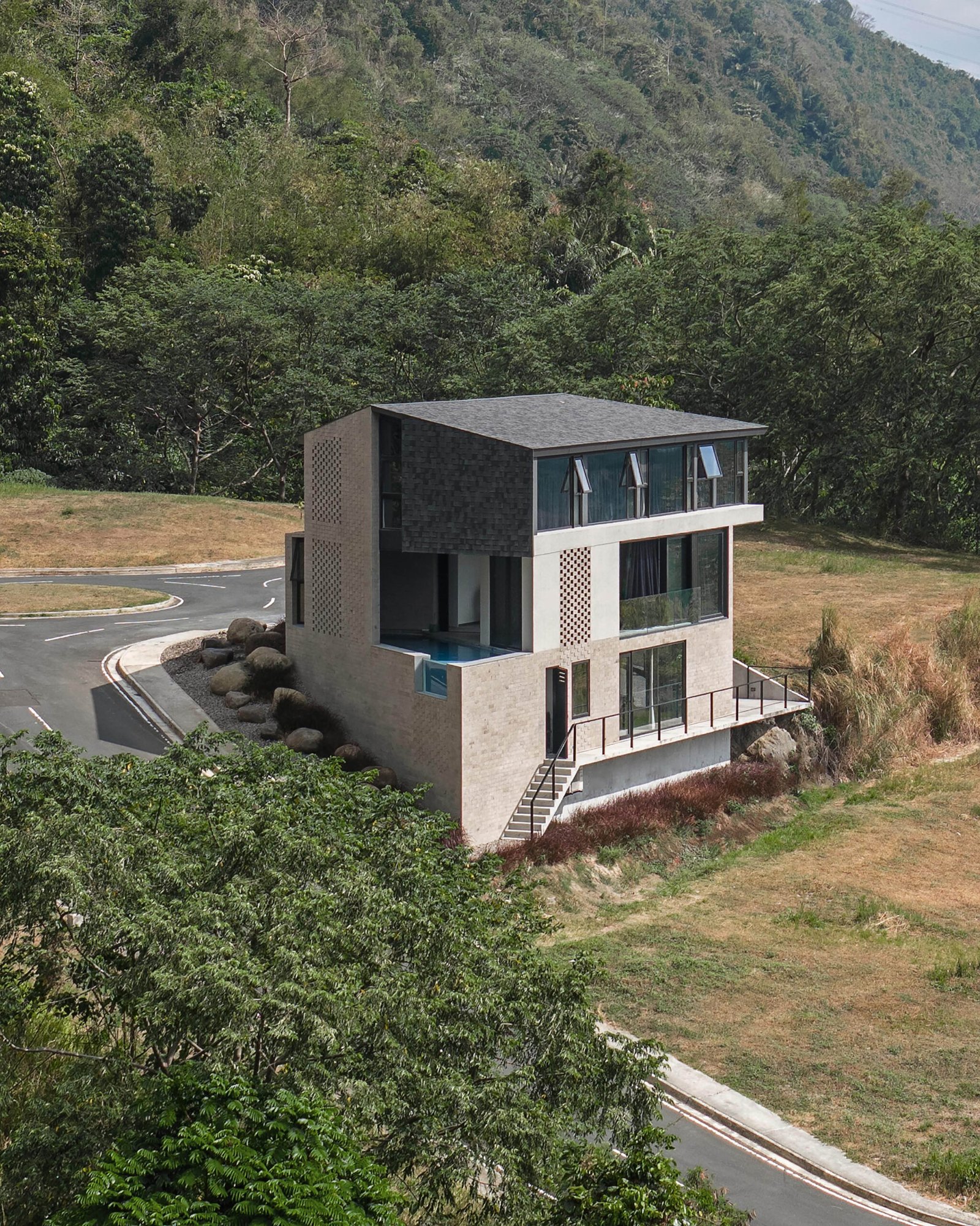

Releasing constraints
J House’s entry sequence begins less than half a kilometer from the village gate, where you can already make out the structure’s polygonal form. The house stands isolated without neighbors (at the time of writing) with a continuous backdrop of greenery. Capitalizing on this, “the client chose a lot in the highest area of the village,” Magat pointed out, “where they could enjoy an uninterrupted view across to Taal Lake and Batangas beyond.” The client—a couple and their adult son—commissioned Magat during the pandemic and wanted to build a weekend home on the 370-square-meter lot. Given that they would only spend time at the house on weekends and vacations, they wanted finishes that were low maintenance. Outside, large stones and cogon grass were used for landscaping to soften the base of the building. “The client-husband wanted to echo the rock garden in his grade school where he enjoyed leaping from stone to stone,” Magat recounted. For interiors, polished concrete and exposed stone maintain a refined aesthetic while being durable.
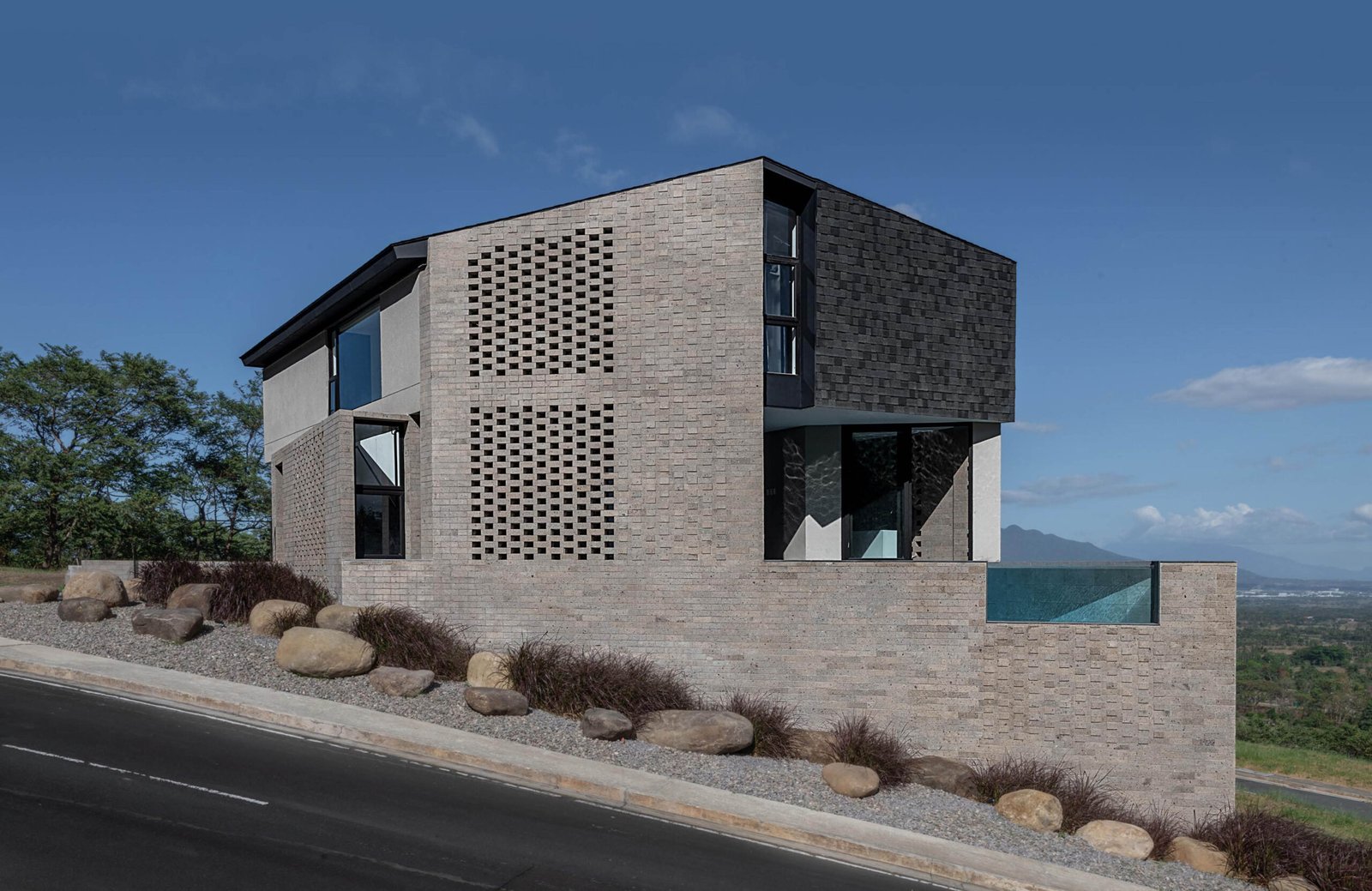

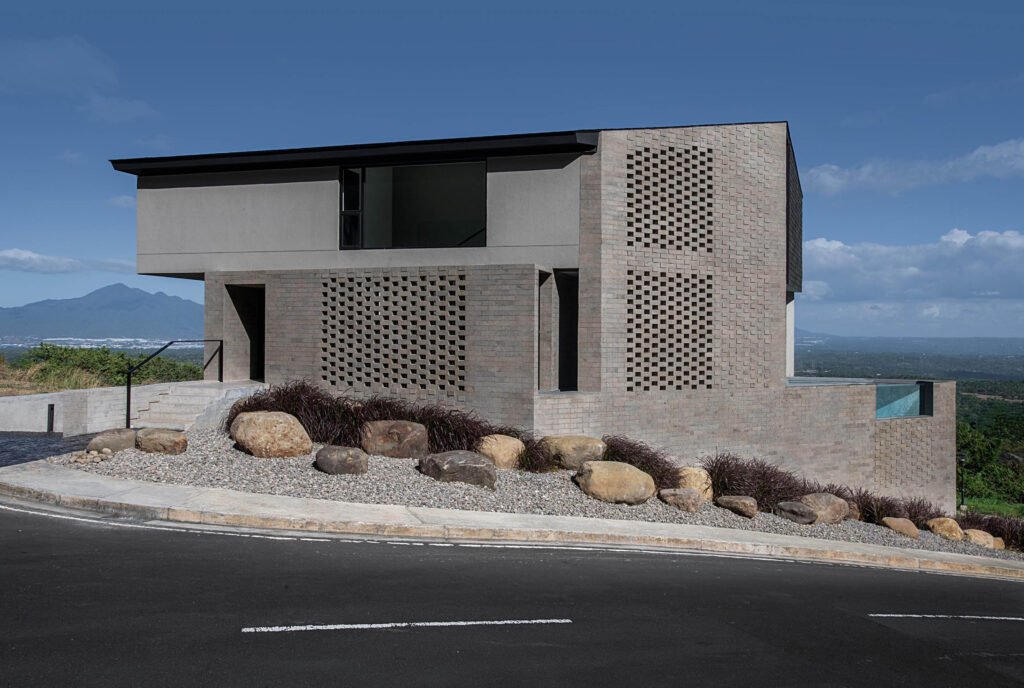

Looking closer, the house has become a de facto example of how to work within the village’s strict guidelines without compromising the quality of the spaces. A key restriction of the village developer was the nine-meter building height limit and the prohibition of a third floor—Magat, however, saw this as an opportunity to challenge the rules to satisfy the client’s requirements.
The husband, fond of cars, wanted to park his beloved Mercedes-Benz directly into the mancave, so the driveway sweeps beneath the house—an exuberant way to save space and make a feature of it at the same time. Keeping all the service and storage areas tucked behind the mancave freed up the upper two levels to be optimal for contemporary living.
“We had to work to the inch for each floor [to fit within the nine-meter height restriction],” Magat elaborated, “In terms of ceiling heights, we could afford to make the basement floor lower. This was the only space without a ceiling; we could make it look industrial since it’s a mancave. We celebrated the low height by painting everything black.”
A play of perforated and embossed stone helped break up the scale of the tallest wall while accentuating its verticality.
“Looking closer, the house has become a de facto example of how to work within the village’s strict guidelines without compromising the quality of the spaces.”
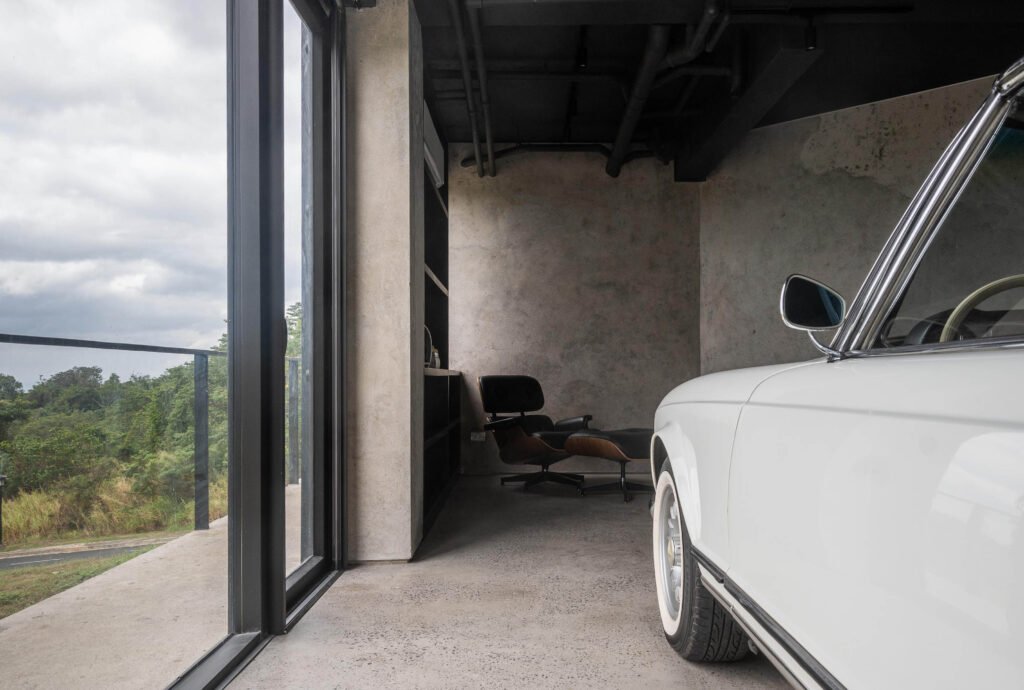

One enters the front door from the street on the house’s second level. Passing the elevator and through to the living-dining space backed by the kitchen, the design is as unfussy as it is crisp in detail. For this area, the architects reduced the typically desired 2.7m floor-to-ceiling minimum to 2.6m. They included floor-to-ceiling-height windows to augment this, providing generous views of the Batangas horizon.
With the main spaces, Magat mentioned that “this was not your conventional sequence of having a dedicated space for a dining room, then a separate space for the kitchen, because we only had limited space.” The client posed the idea of making the central space convertible instead. The dining table, which seats a minimum of six people, can extend into a bench to fit more guests. Kitchen appliances can also be discreetly hidden in the cabinetry when not in use. Doing so allows the space to be inhabited as a living area that seamlessly continues to the adjacent pool lounge.
On the third floor, where the bedrooms and gym are located (the latter being the wife’s request and favorite space), the architects had to work with the resulting pitch of the roof. Both the client and designer were concerned by the two-meter height on one side of the bedrooms. Again, they augmented this with floor-to-ceiling glazing, with the rest of the bedroom benefiting from the ascending ceiling incline up to the top. “By doing this, we can taper the experience down towards the view so that the homeowners won’t feel the low ceiling height,” Magat expounds.
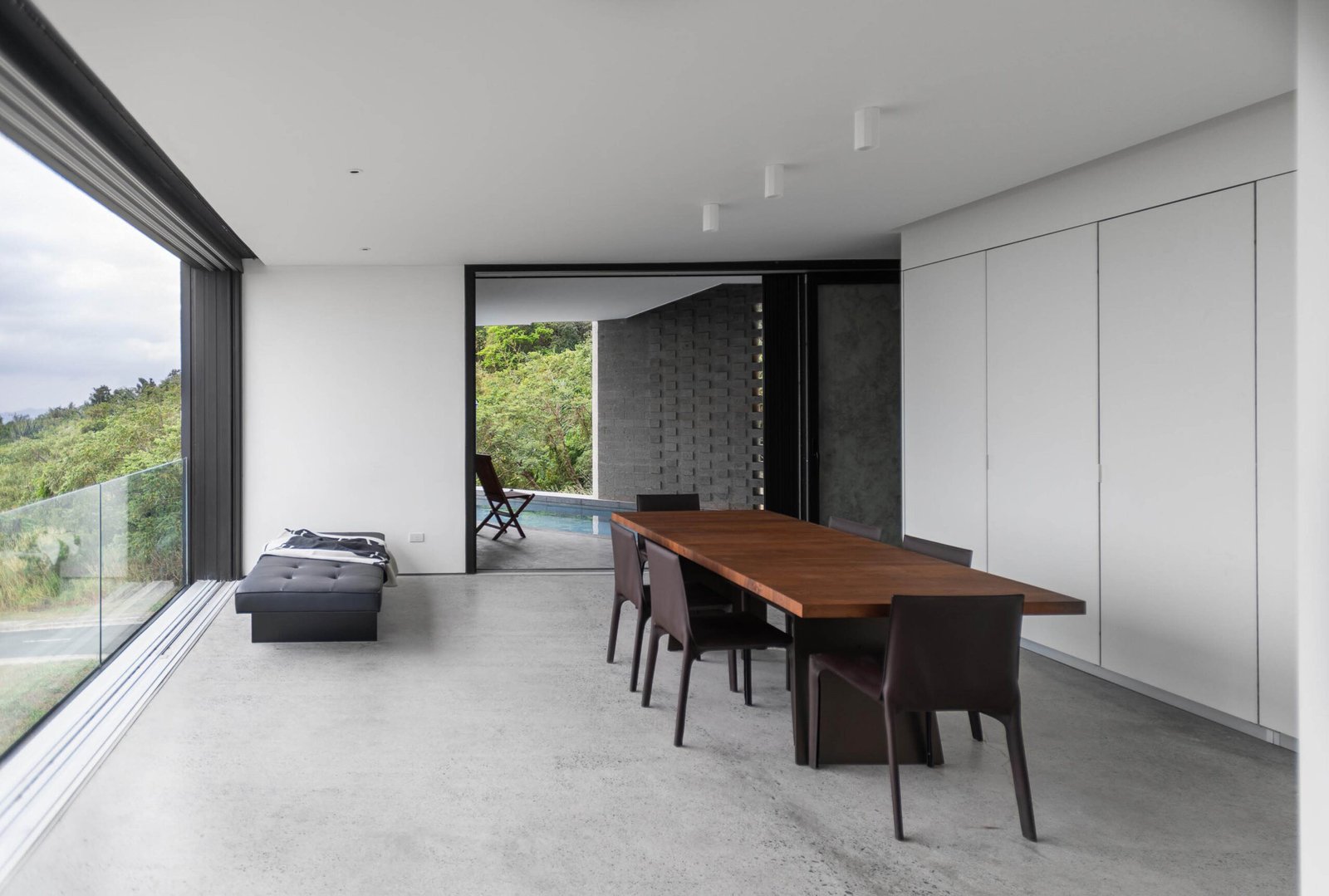



“The main design move” of the house, emphasized Magat, was aligning the twelve-meter-long pool to face southwest parallel to the street. He explained that they tried to orient the pool along the longest southeast edge of the site, but this prevented fitting the rest of the spatial requirements on the ground floor.
Rotating the pool this way liberated the living space to fit squarely and neatly with the rest of the house but also created a setback from the street to provide more privacy. Magat calls the sharing of the views from the living space the “refuge” and the pool the “prospect” (the latter being an extensive view of a landscape, namely Taal Lake).
For the rest of the program, auxiliary spaces were kept to a minimum. The laundry room is upstairs, where they do it themselves, and a small caretaker room is in the basement if the house is unused for an extended period. Overall, this allowed the recreational spaces to breathe more. No further provisions were needed for family growth—all in all, the total floor area amounted to a concise 350 square meters and was turned over in January 2024.


Multifunctional materiality
Aside from the geometric restrictions, the village developer also required that the house adhere to a strict so-called tropical Balinese architectural style. To the client’s desire for a contemporary design, however, Magat proposed, “Let’s propose everything that we want to the village developer—the look and the number of floors (as described previously)—and then let’s test the waters.” Although they gained first approval, they did not fully meet the aesthetic criteria.
Magat then recalls reviewing the village developer’s marketing imagery, which included the generic examples of a vernacular Balinese pitched roof form with molded roof tiles and the use of sandstone and red brick. Not wanting to be straight-jacketed by these rules, he pointed out to the village developer the common denominators between the marketing images and their working design, namely the stone and pitched roof. Magat eventually convinced the village developer that the two approaches “were not very far off from what we both sought after.” Being one of the first houses to be built in the village perhaps also helped their cause, allowing them to set a precedent.
The house is located in Tagaytay, in the province of Cavite (at least a two-hour drive from Metro Manila), where weather conditions are cooler and more rain-prone than in the city. This called for more robust materials: adobe stone and concrete for the walls, modern shingles for the roofing, and a limited earthy material palette overall to contrast against the verdant surroundings.
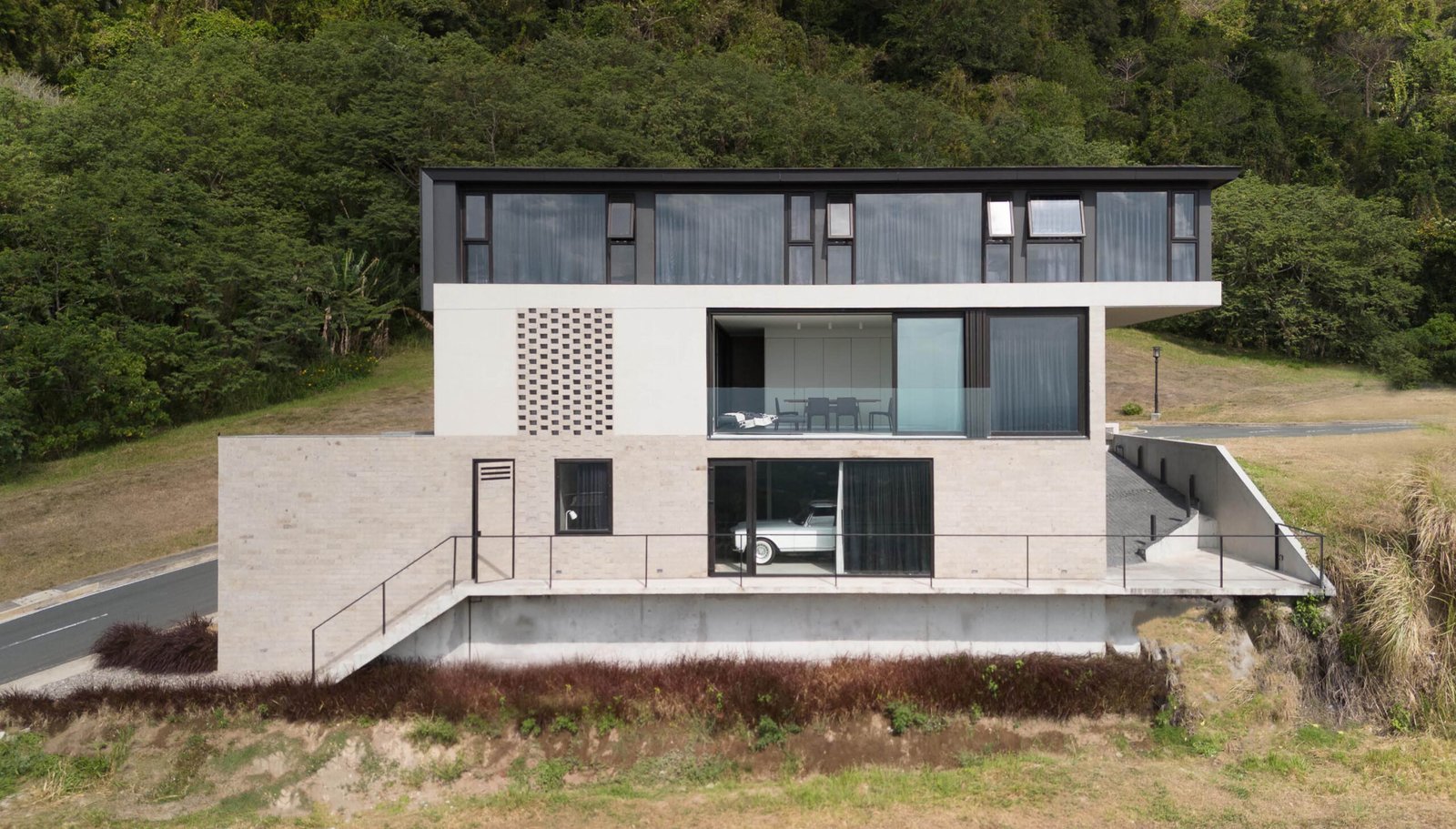

Externally, “the entire southwest side of the house acts as a thermal mass,” describes Magat; adobe stone wraps around from the basement up to the second floor with a section continuing up to the roof line. Magat elaborates, “The stone here absorbs heat during the day, which is released into the pool at night. Southwest winds also funnel through and are further cooled by the pool. Portions of the stone wall are perforated to induce cross and stack ventilation. This is also aided internally with steel grill flooring in the stairway and the void above the pool to allow air to flow through and let heat escape.”
Magat also pointed out that the stone itself, “even if neutral in tone, appeared to take on hues from its environment,” which gives a subtle variance to the overall appearance of the house depending on the time of day and the weather conditions. The stonework is also subtly embossed to add further relief to the external wall.
Atop the slightly askew stone wall that encases the entrance and the adjacent stairwell is the second floor rendered in stucco. Initially, the architect wanted greater tonal contrast between the stones, but as the project developed, Magat focused on varying the textures instead. “On sunny days, the protruding stones produce sharp shadows that also appear like perforations,” Magat adds. This lends the house its material richness despite its restrained palette.
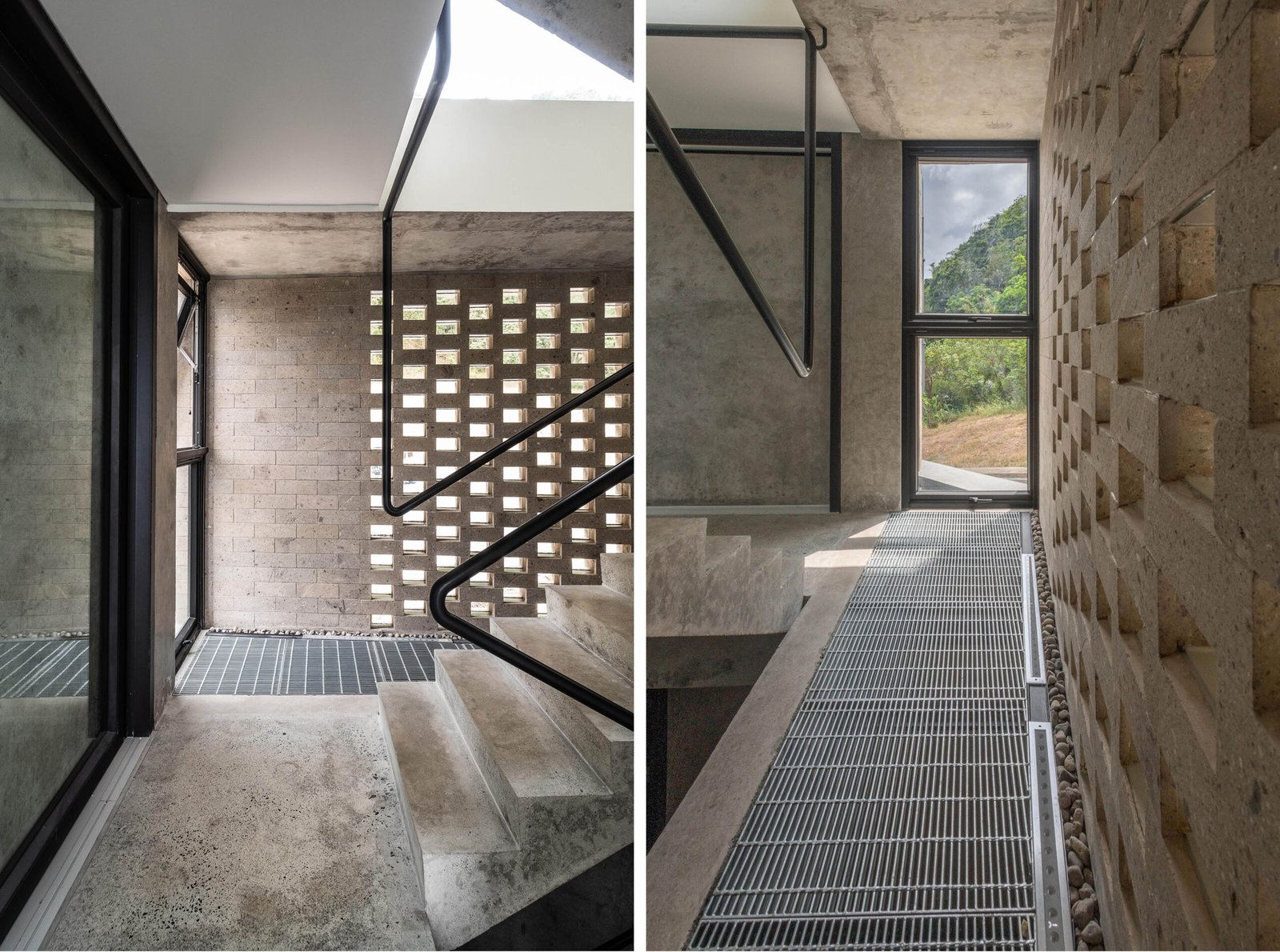

Magat says that every project offers a tiny opportunity to have some freedom with the design; he approximates, “Ninety-eight percent is about fulfilling functional and pragmatic needs, the remaining two percent is for ‘indulgence’ in the design. The aim with this is that whatever subjectivity you put into the design should not affect the practicality overall.”
In the case of J House, the treat was the stair handrail, which starts and ends uninterrupted from the bottom to the top of the house. With no small kids to worry about, the client opted for a handrail without any balustrade. Magat described this as the “spicy” design option to the “mild” conventional glass option. “If we do something like this,” Magat pitched to the client, “let’s turn it into something sculptural and call it out.” The result is akin to a penned signature—an element of flair that sinuously streaks through the house.
Tropical twists
What appears simple with J House at first glance is a carefully curated experience while responding to the extremes of the tropical climate. The outcome exemplifies homeowner creature comforts in all senses.
“Whichever angle you look at the house from the outside, or as you go through the spaces, there is a play of [visual] denial and reward. You see just enough to pique your interest to come in, then you get rewarded the more things reveal themselves within,” explained Magat. These different angles, in turn, help manage privacy since the house can be viewed from all sides at the time of writing.
Magat interrogated every part of the typology: ” How do we subvert or tweak it to retain familiarity but introduce something new?” The quatro aguas, or shingled roof, is another example of deviating from the stereotypical vernacular. Three sides of the roof retain the conventional roof profile when you look at the house from the street side; the fourth gesturally folds down on the southwest side, protecting the third-floor gym against the harsh afternoon sun.


What also became added value was that Magat and the client got on so well that they spent six months instead of the usual three exploring all options before arriving at a best-fit solution. At one point, the architect had considered putting the living spaces on the third floor with the bedrooms below, but the pool’s relationship with the living spaces was deemed more compatible.
The resultant design response to key constraints at J House is a methodology that Magat honed during his master’s studies in Melbourne and now applies to Studiokama. Despite the myriad challenges, J House exemplifies Studiokama’s core ethos—to simplify complexity.
There are designers who solve complex problems with equally complex solutions; others prioritize simplicity over everything else at the risk of being non-innovative. Magat errs on the side of what he calls ‘informed simplicity’ (coined by Matthew Frederick in his book ‘101 Things I Learned in Architecture School’)—embracing complexity and devising an elegantly simple solution for it.
J House also embodies the same philosophy that Magat imparts to his students at De La Salle-College of Saint Benilde in his class called ‘Studio DWR’ (‘Designing With Reason.’) “I always tell my students if you can justify a single design decision to respond to one aspect, it’s good, but if a move addresses multiple, it has greater value and meaning,” Magat emphasizes. Reducing J House as the product of shrewd problem-solving alone would downplay the assuredness of Studiokama. Turning constraints into opportunities while refreshing an age-old typology sounds straightforward, but few would come up with a design as well resolved as this. •
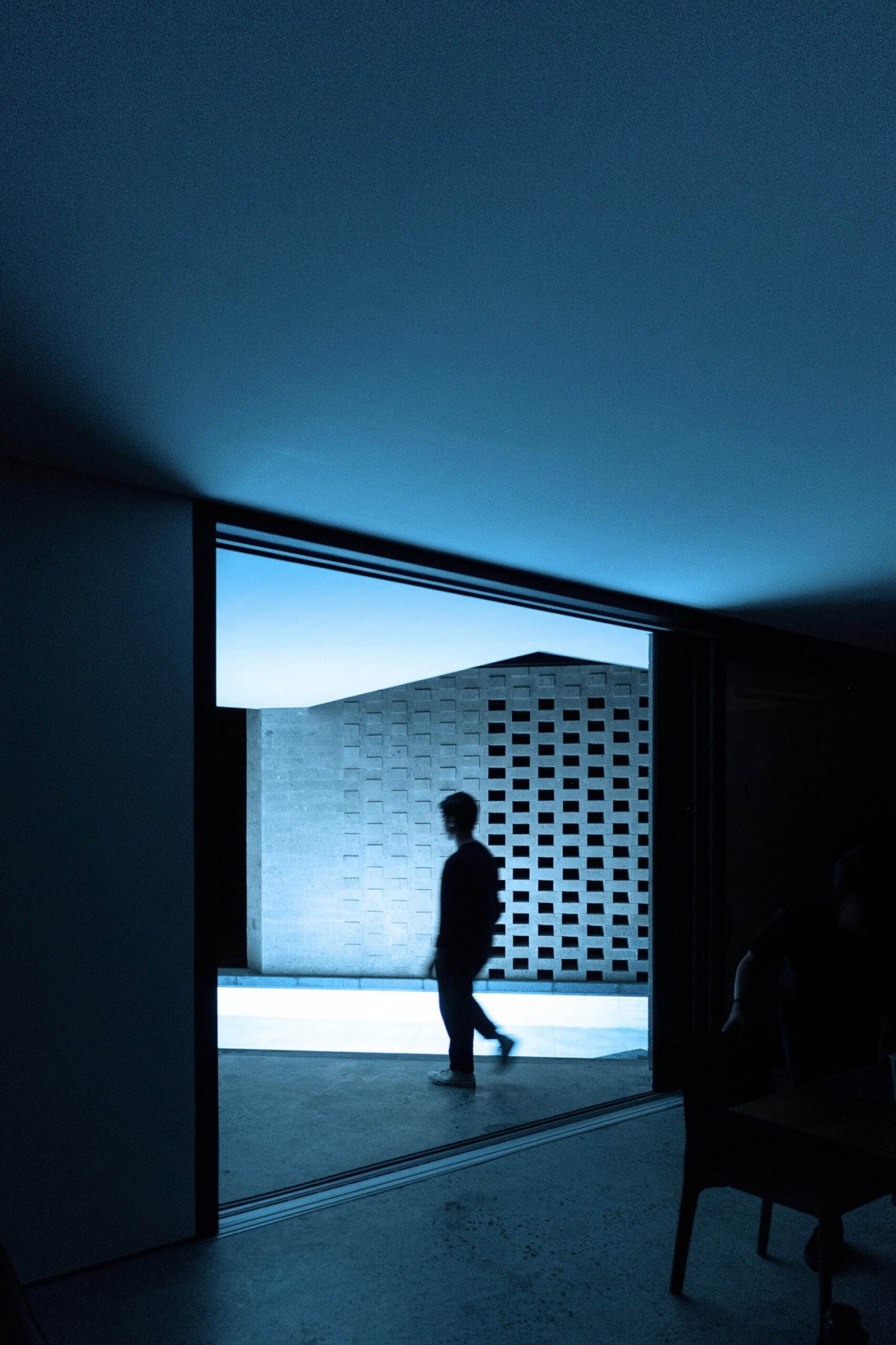



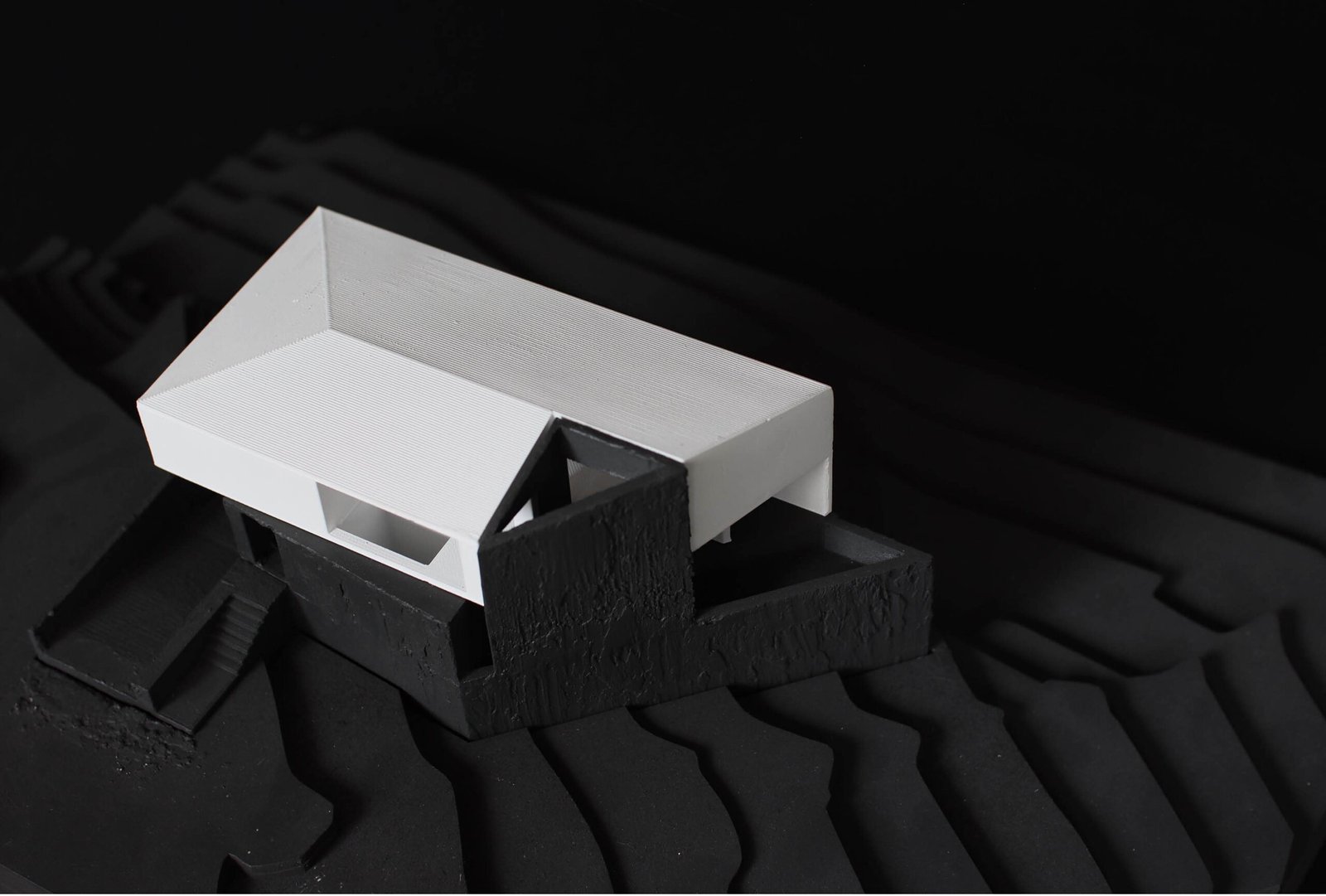


Project Info:
Completion year: 2024
Gross built area: 370 sqm
Project location: Philippines
Program: House
Contractors:
General contractor: Cacho Constructions Inc.
Structural consultant: Eli Rey
Suppliers:
Doors and windows: Kenneth and Mock
Swimming pool: Pool Boy Swimming Pool Maintenance Services
Modular kitchen: Space 2000
Granite countertops: Euroasia
Polished concrete: Vaztech Corporation
Stucco: Boysen Konstrukt
Tiles: Living N’ Style
Toilet fixtures: Kuysen, Villeroy & Boch
Lighting consultant/supplier: Visual Mastery
Lighting supplier: Green Group Inc.
Roof: Kawara
Furniture: CWC Interiors, Haspe Design Studio,
Solid Mountain Builders Inc., Midcentury Manila
Landscape: Cherryblossom Gardening Services
Toilet glass partitions: Hupo Philippines
